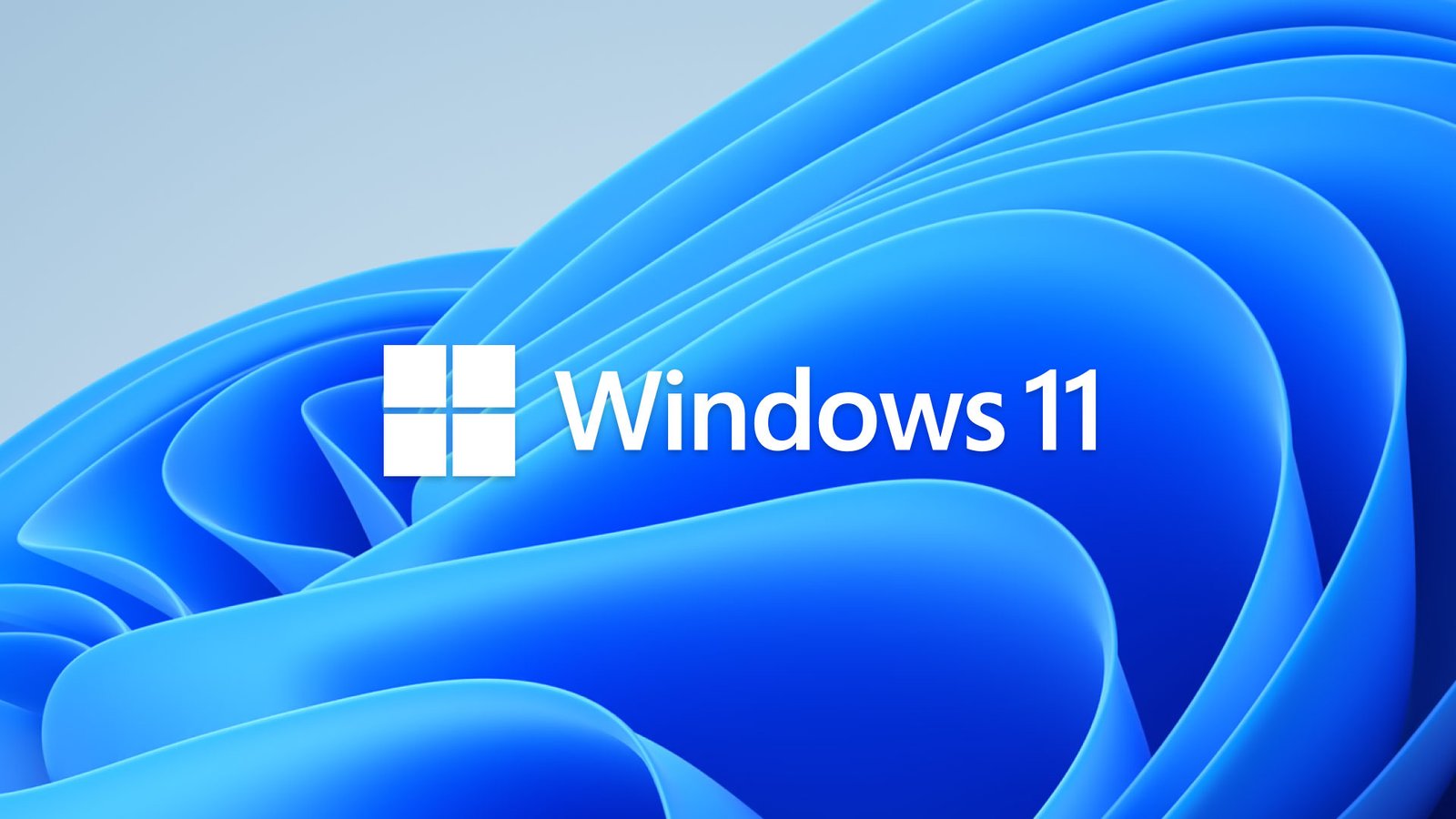A “clean install” of Windows 11 should theoretically be just that—clean. In reality, even a fresh installation of Microsoft’s latest operating system comes with a selection of pre-loaded apps, settings, and configurations that many users may find more of a nuisance than a benefit. Let’s look at how to customize Windows 11 for a more streamlined experience and reclaim control over your system.
Key Highlights
- Pre-Installed Apps: Windows 11 includes a range of apps you might not use, potentially taking up valuable storage space.
- Default Settings: From Edge as the insistent default browser to personalized ads, Windows 11 nudges you towards certain preferences.
- Privacy Concerns: Some default settings might share more data with Microsoft than you’re comfortable with.
- Tailored Experience: By cleaning up a standard installation, you can create a more personalized and efficient Windows environment.
Removing Pre-installed Apps
Several apps come bundled with Windows 11, such as Xbox Game Bar, Photos, and even some “trialware.” Identifying and uninstalling these is one of the first steps To do this:
- Open Settings (Windows Key + I)
- Go to Apps > Apps & features
- Browse the list and click the three dots next to an app you want to remove.
- Select Uninstall and follow prompts.
Addressing Microsoft Edge’s Persistence
Microsoft Edge is deeply integrated into Windows 11, often taking precedence as the default browser even if you’ve set another preference. Here’s how to tame its pushiness:
- Open your preferred browser (e.g., Chrome, Firefox).
- You’ll likely see a prompt to make it the default browser – follow this process.
- Additionally, search for “Default Apps” in Windows Settings and ensure your preferred browser is set as the default for web file types (.html, .htm, etc.).
More on Bloatware
- Beyond the Basics: Delve into commonly found pre-installed apps like Clipchamp (video editing), Microsoft Teams, and trial versions of antivirus software. Explain why users might not need or want these.
- Third-Party Promotions: Highlight how PC manufacturers often include their own apps/utilities or partner with software companies, further contributing to the “bloat” in the system.
Controlling Updates
- Windows Update Settings: While essential, updates can be disruptive. Guide users to Windows Update settings (Settings > Windows Update).
- Managing Delivery: Show how to adjust settings like:
- Active hours: Prevent updates during those times.
- Pause updates: Temporarily halt updates.
- Advanced Options: Control download/install behavior, get bandwidth options.
Managing Privacy Settings
Windows 11 collects various data for personalization and advertising purposes. Review your privacy options for better control:
- Open Settings > Privacy & security
- Carefully examine each section (e.g., General, Speech, Inking & typing personalization)
- Disable settings that you don’t want active.
Additional Tools (Optional)
Power users and enthusiasts can utilize tools like “O&O ShutUp10++” (and similar alternatives) for even greater granular control over Windows 11 settings. Be cautious, as modifying certain settings can have unintended system-wide effects.
While offering a visually refreshed environment and some new features, the core Windows experience remains familiar. This includes the enduring challenge of navigating Microsoft’s preferences packaged into a fresh OS install. Users shouldn’t have to battle pre-installed software and insistent default settings to make the operating system truly their own. A bit of post-installation housekeeping empowers a smoother and less intrusive computing experience.



















